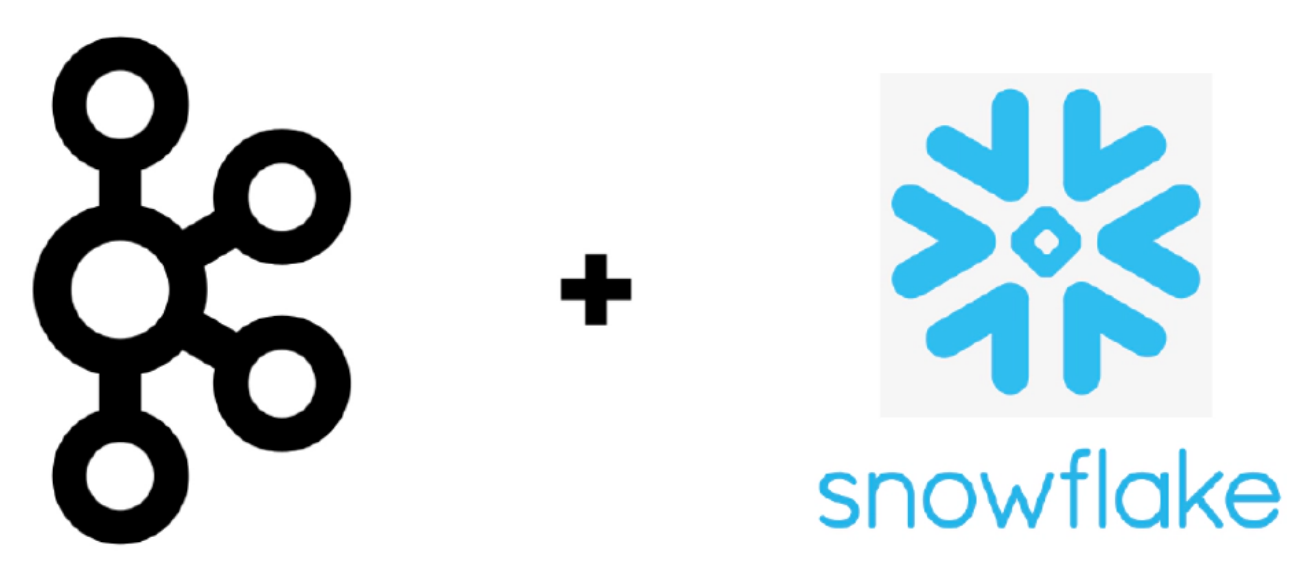Are you curious to understand what happens when real-time data seamlessly transfers across Kafka to Snowflake for real-time analytics purposes, enabling organizations to reap its full benefits? In this article, we explore this complex process by diving deeper into core ideas and benefits associated with data integration processes like this one.
Understanding Kafka and Snowflake
As we embark on our journey, we must become acquainted with both Kafka and Snowflake, two essential components.
Kafka is an open-source streaming processing platform that serves as an event streaming solution with high performance, fault tolerance and flexibility for continuous, high-quality data pipelines that process huge volumes of real-time information.
Snowflake On its Own is an award-winning cloud warehouse platform known for its flexibility and user-friendliness, enabling companies to store, analyze, and exchange data across numerous cloud services.
Real-Time ETL Solution Required for Success
Before diving deep into Kafka for Snowflake Integration, we must ask ourselves why real-time ETL (Extract and Transform) services are necessary.
Businesses increasingly depend on analytics-driven decisions for instant insight. ETL serves as the bridge between data ingestion and analysis, ensuring it immediately transforms into analytics.
Kafka-Snowflake Integration Method
Let’s focus on the core issue – how Kafka integrates seamlessly with Snowflake for real-time data transfers.
Kafka Connect: Kafka Connect is the bridge connecting Kafka with other systems and services, using various connectors that permit data flow between Kafka topics into Snowflake tables.
Data Transformation: When data moves between Kafka and Snowflake, it undergoes various transformations to conform with its intended schema and format for target use; this helps ensure accuracy and quality in data output. It ensures accuracy and quality results from transformation efforts.
Importing Data into Snowflake: As your data changes, its new home in Snowflake’s cloud-based data storage will become clear. Auto-scaling capabilities ensure data can be consumed and processed instantly at any given moment.
Benefits of Kafka to Snowflake Integration
Now that we understand how integration works, let’s consider its advantages:
Real-time insight: It allows organizations to quickly respond to changes in the market or opportunities presented by data in real-time, making decisions based on real-time analyses of relevant information and making instantaneous decisions based on it.
Scalability: Both Kafka and Snowflake provide high degrees of scalability that allow the data you store to increase while being managed smoothly by their respective systems.
Data transformation and validation processes: Errors are minimized using data transformation and validation processes to maintain consistent information. At the same time, quality is enhanced, resulting in fewer mistakes and an improved data set overall.
Cost efficiency: Snowflake’s pay-as-you-go model ensures cost efficiency; paying according to need is the optimum way of using this solution, making Snowflake an economical solution.
Use Cases and Examples
To demonstrate how Kafka can facilitate Snowflake Integration, let’s consider several real-life examples from real-world scenarios:
Analytics for E-commerce: Platforms enable online stores to conduct real-time analyses of customer behaviour to customize product recommendations and marketing strategies with maximum efficacy.
Internet of Things Data Processing: Internet of Things (IoT) devices generate large streams of data which can be processed, inhaled and analyzed instantly by processing systems such as Microsoft Azure Machine Learning Services or IBM Watson Analytics.
Financial Services: Real-time data is vital in the financial industry to detect and prevent fraud, assess risk profiles and facilitate trading activities.
Let’s dive deeper into more practical issues by showing Kafka integration to Snowflake integration and a real-time stream of data in action. This demo will walk through both processes and show their effect in real-time.
Real-Time ETL – the Backbone of Modern Analytics
Real-time ETL has become the bedrock of modern analytics. It ensures the smooth transfer of information across Kafka to Snowflake and keeps insights up-to-date and useful.
Challenges and Considerations
As you venture into Kafka to Snowflake integration for real-time data processing, be mindful of any issues or concerns that could arise during this process. Prioritizing these factors will ensure an efficient integration process. Below are a few typical challenges and solutions:
1. Data Governance: Ensuring optimal data quality and security during integration processes is paramount. Develop guidelines and routines for validating, tracking and lineage tracking as part of data integrity assurance strategies to keep things on track.
2. Security: Protecting sensitive information during storage and transportation should always be paramount. Invest in encryption software, access control measures, and audit trails for added protection during integration processes.
3. Scalability: With data volumes steadily on the rise, scaling becomes an increasing priority. Monitor system performance carefully while employing auto-scaling functions or allotting additional resources to deal with increased workloads effectively.
4. Monitoring and Alerting: Real-time data integration requires an effective monitoring and alerting system. Implement comprehensive tools to track data flow, detect bottlenecks, and provide timely alerts of failures or malfunctions.
5. Compatibility: Make sure all Kafka and Snowflake components work harmoniously by regularly upgrading software and connectors for compatibility.
6. Maintenance: Implement an annual maintenance plan for integration. Review configurations regularly, upgrade software as necessary and conduct tests regularly to ensure the system remains operational.
7. Cost Management: Real-time data processing can increase cloud infrastructure expenses; to mitigate expenses, use cost monitoring and optimization strategies to monitor spending more closely and minimize expenses.
8. Education and Experience: It’s crucial that your staff be familiar with Kafka and Snowflake’s best practices to maintain connections between these systems effectively. A knowledgeable team is key when troubleshooting or maintaining connections.
By taking an aggressive yet calculated approach to these issues and considerations, Kafka for Snowflake integration will run more efficiently and seamlessly, giving users access to real-time analytics capabilities.
Future Trends
Data integration is continuously developing. What are the potential options regarding Kafka and Snowflake integration? Stay ahead by studying emerging patterns and developments related to real-time data processing.
Conclusion:
Kafka and Snowflake integration can be an incredible advantage to businesses seeking to maximize real-time analytics capabilities. As we explored, it has become clear how data moves effortlessly before being stored within an affordable, scalable database ready for analysis.
By adopting technology, businesses will stay ahead of the competition in today’s data-driven economy and make informed choices that positively affect performance.
Are You Prepared to Begin a Real-time Analysis Journey Together with Kafka and Snowflake?








